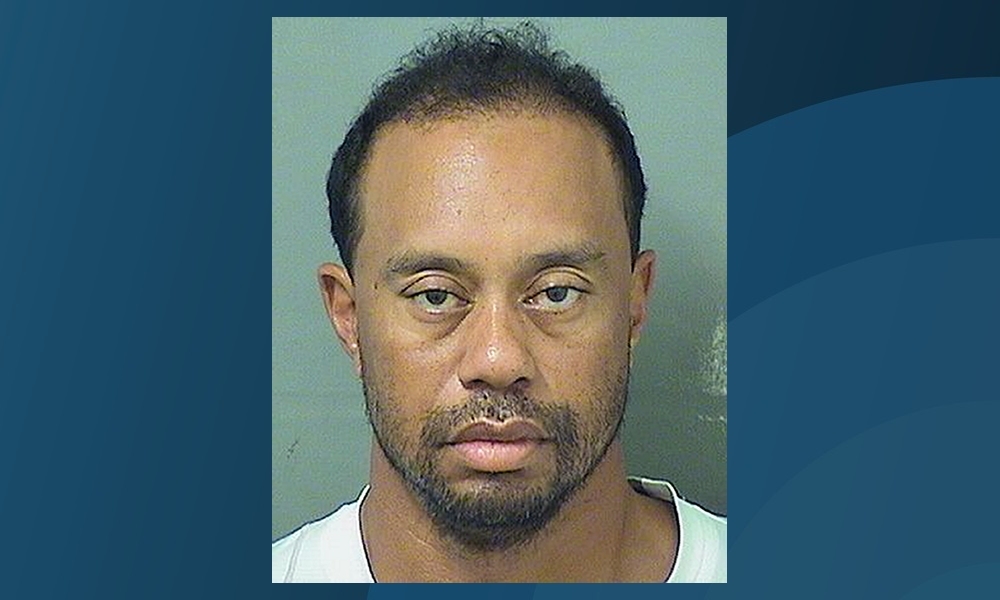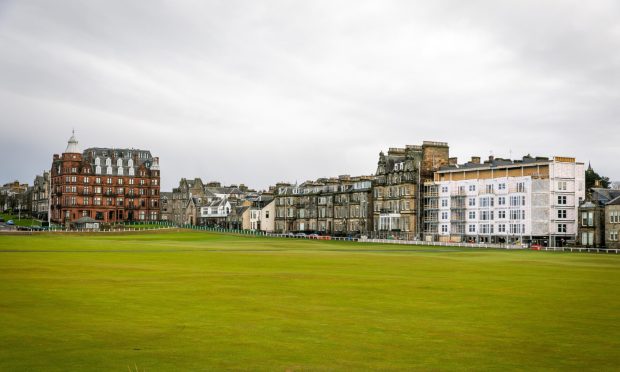Even for a man who loves privacy so much he called his yacht that, there was no escape for Tiger Woods from the vivid glare of the police mugshot.
No-one can look like anything their PR people would prefer in that harsh light against a wall, usually in the early hours of the morning. In Tiger’s case, he’d been up all night – he was arrested for driving under the influence of alcohol or drugs at 3am, and the mugshot was taken four hours later.
No wonder he looks a little strained, probably conscious that this picture is about to go viral, and there is absolutely nothing he can do to stop it. For a man who sought to carefully control every aspect of his public image, that must be excruciating.
Of course every element of the picture, which was across the world in seconds thanks to America’s freedom of information, the internet and social media, is overstated because of the context.
The idea that this photograph is a window to his soul and sadness seems fanciful. Imagine your own passport picture as a police mugshot and you could apply any sort of psychological assumptions to it.
But whether he likes it or not and whether it’s right or not, the narrative is now set – this is the latest salacious episode in the reality show The Fall of Tiger, a major figure of the early 21st century, the best golfer who ever lived, the slow unravelling of the greatest sportsman of our age.
Woods’ statement that he was under the influence of prescription painkillers answers some questions about this incident but begs more than a few more.
Just last week he was publicly proclaiming himself pain-free for the first time in years as a result of his latest back surgery.
Woods’ statements have been full of questionable claims, evasions and downright lies for much of his career, most driven by his need to preserve his privacy. Yet we have to assume that the police are unlikely to contradict his version of what made him legally unfit to drive.
But if he’s pain-free, why is he taking medication potent enough for him to fail a police roadside test and end up charged with a DUI? And at 3am into the bargain?
It would not be a quantum leap to imagine, understanding how much pain Woods’ broken body has suffered due to repeated injuries over the years, if he was now addicted to painkillers.
But that does not explain why he took enough to impair his judgement to drive and indeed why he was driving at all in the early hours of the morning when he’s probably able to easily afford an Uber or even a chauffeur.
He’s probably been taking this kind of medication for years – he could not have won the 2008 US Open, his last major, without some kind of significant pain relief given he was said to have torn cruciate ligament in this knee. Someone with that kind of experience of taking this kind of medication doesn’t really make an error of this sort.
After this incident, the idea that Tiger can or will return to golf after all his injury issues of the last three years seems irrelevant. The more important issue is whether he can re-establish the control over his life that seemed to be unbreakable.
There will be plenty of comparisons now of those triumphant images of Tiger at his peak from 1997 to 2008, the blinding smile with the trophies in his hands as he swept all before him in a game that is impossibly hard to dominate, and this picture of a man of 41, old before his time, sullen and angry.
None of us benefit from photographs taken 20 years apart. But is this mugshot the more accurate portrayal of what the man is now?
Given that it is a rare image he hasn’t been able to control, you’d have to say yes.










